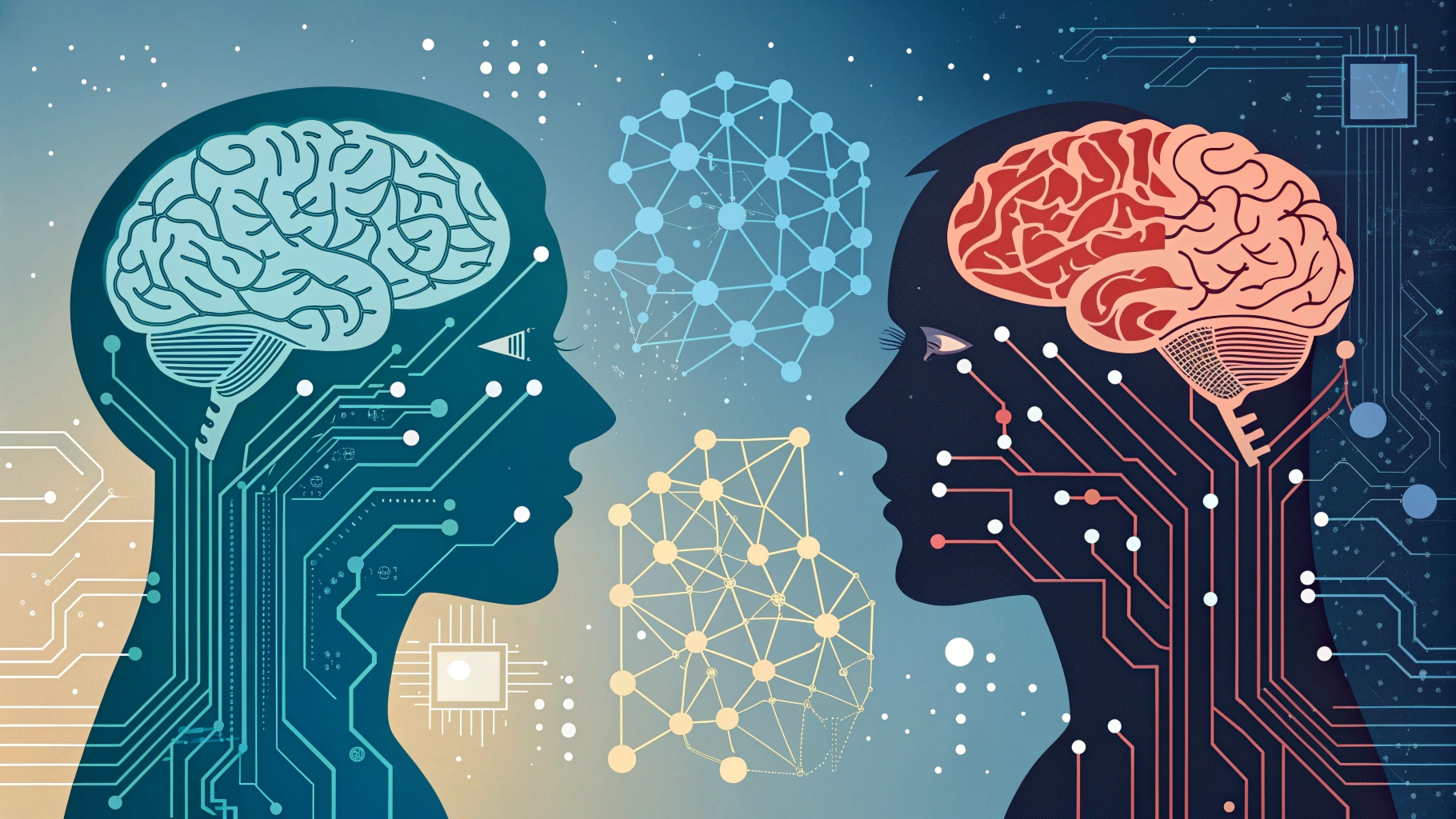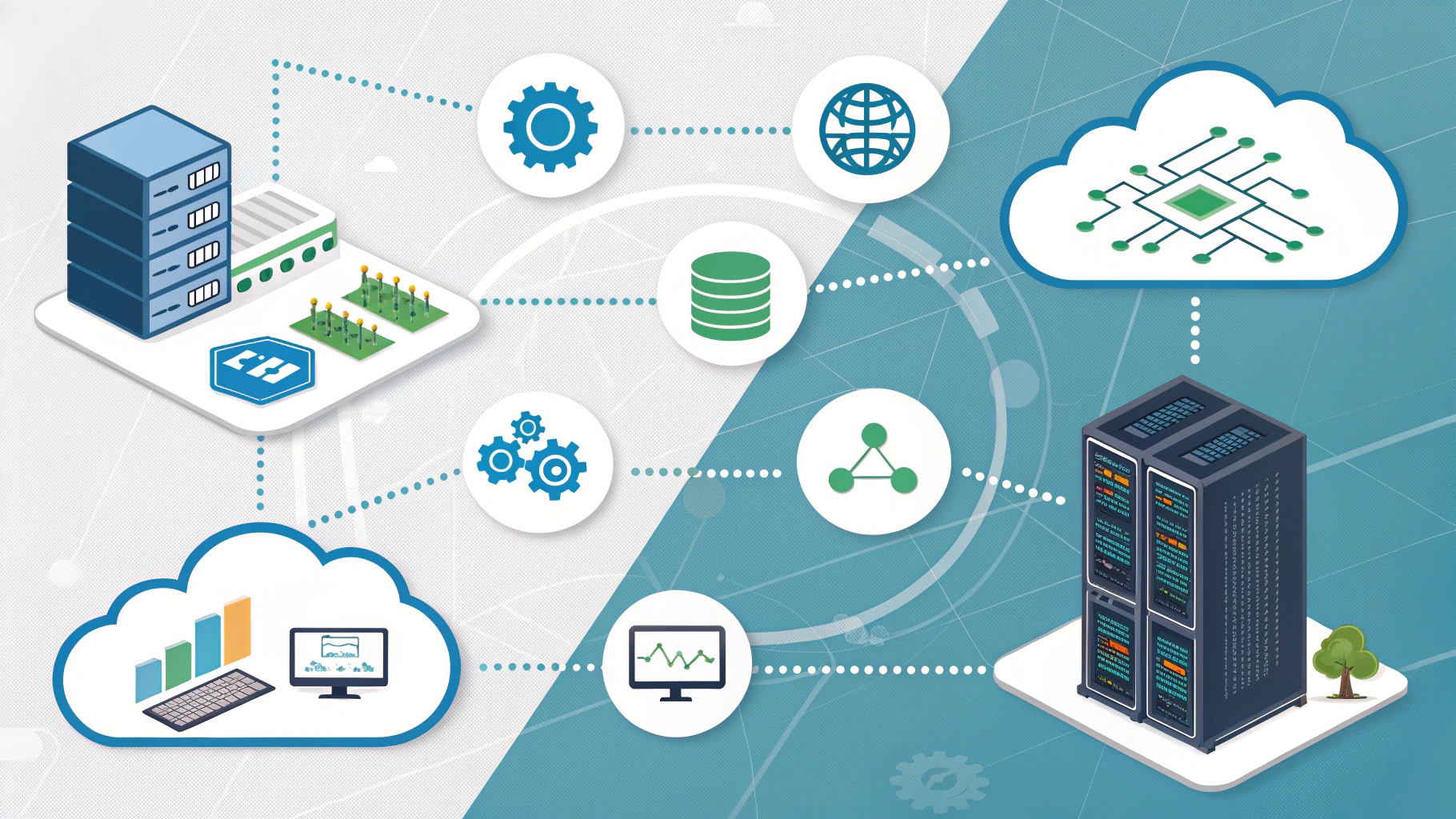
Summary
Machine learning is a powerful branch of artificial intelligence that enables computers to learn from data without explicit programming. This beginner’s guide offers machine learning explained in simple terms, covering the main types of ML—supervised, unsupervised, and reinforcement learning. Special focus is given to supervised learning, the most commonly used method in real-world applications. Whether you’re a tech enthusiast or just getting started, understanding these basics is essential to keeping up with today’s AI-driven world.
_
If you’ve ever used a recommendation on Netflix, spoken to a voice assistant like Siri, or received a spam filter alert in your email, you’ve already experienced the power of machine learning. But what is it really? How does it work, and why is it so important in today’s digital world?
In this beginner’s guide, we’ll walk you through machine learning explained in simple terms. You’ll learn about its key concepts, the types of ML, and how techniques like supervised learning power much of the AI we interact with daily.
What is Machine Learning?
Machine learning (ML) is a branch of artificial intelligence (AI) that allows computers to learn from data and improve their performance over time without being explicitly programmed for every single task.
Instead of hardcoding rules for every situation, ML models identify patterns in data and make predictions or decisions based on those patterns. It’s like teaching a computer by showing it examples rather than giving it instructions.
Real-Life Examples of Machine Learning
- Email filtering: Detecting spam using historical data
- E-commerce: Recommending products based on past purchases
- Healthcare: Diagnosing diseases from medical scans
- Banking: Detecting fraudulent transactions
- Social media: Personalizing your news feed
Why Machine Learning Matters
Machine learning is a game-changer across industries. Its ability to make sense of large amounts of data and automate tasks means it’s already transforming how businesses operate, make decisions, and interact with users.
Whether it’s predicting trends, optimizing logistics, or automating customer service, ML is at the core of the future of technology.
Machine learning isn’t some distant concept from a sci-fi movie. It’s here, it’s real, and it’s changing the world one prediction at a time. But it’s also the foundation for even more advanced systems like generative AI, which can create images, text, and even music using similar learning principles.
Machine Learning Explained: Key Concepts
Let’s break down some foundational terms you need to know:
1. Algorithms
An algorithm is a set of instructions that a machine follows to perform a task. In ML, algorithms “learn” from data to improve their predictions over time.
2. Training Data
This is the data the model learns from. The better the quality and size of your data, the more accurate your ML model will be.
3. Model
Once a machine learning algorithm is trained on data, it becomes a model. This model is then used to make predictions on new, unseen data.
4. Features and Labels
- Features: The input variables (e.g., age, salary, location)
- Label: The output you’re trying to predict (e.g., will a customer buy a product?)
Types of ML: Understanding How Machines Learn
When we talk about machine learning, it’s important to know there are several ways machines learn from data. Let’s explore the three main types of ML:
1. Supervised Learning (Most Common)
In supervised learning, the model is trained using labeled data, which means that both the input and the desired output are known.
Example:
Predicting housing prices based on data such as location, number of rooms, and square footage.
Use Cases:
- Spam detection
- Stock price prediction
- Image classification
Supervised learning is powerful because it’s highly accurate—as long as the labeled data is available. But getting labeled data can be expensive and time-consuming.
Pro Tip: If you’re new to ML, supervised learning is often the easiest way to start experimenting.
2. Unsupervised Learning
Here, the data is unlabeled, and the algorithm tries to find patterns or groupings in the data.
Example:
Grouping customers based on shopping behavior for targeted marketing.
Use Cases:
- Market segmentation
- Anomaly detection
- Topic modeling
Unsupervised learning helps uncover hidden patterns you might not expect.
3. Reinforcement Learning
In this type, a model learns by trial and error, receiving rewards or penalties based on its actions.
Example:
Training a robot to walk or a self-driving car to navigate traffic.
Use Cases:
- Robotics
- Game playing (e.g., AlphaGo)
- Recommendation engines
Supervised Learning Explained in Detail
Since supervised learning is the most widely used approach in the industry, let’s take a deeper look.
How It Works:
- Collect historical data with known outcomes
- Train a model on that data
- Test the model’s accuracy on new data
- Improve the model through iteration
Common Algorithms in Supervised Learning:
- Linear Regression
- Decision Trees
- Support Vector Machines (SVM)
- Random Forest
- Neural Networks
Each of these has its strengths and ideal use cases. For instance, linear regression works well for numerical predictions, while decision trees are better for classification tasks.
Challenges in Machine Learning
Despite its benefits, ML isn’t perfect. Here are some common challenges:
- Bias in data: If your data has biases, your model will too.
- Overfitting: The model performs well on training data but poorly on new data.
- Data privacy: Collecting and using data ethically is critical.
- Complexity: Some algorithms are hard to interpret (e.g., deep learning)
That’s why understanding the foundations—like we’ve done here—is essential before jumping into model building.
The Future of Machine Learning
Machine learning is evolving rapidly. Technologies like AutoML, explainable AI (XAI), and federated learning are pushing the boundaries of what’s possible.
As more industries adopt ML, the demand for professionals who understand its basics—like types of ML and how supervised learning works—will only grow.
Even if you’re not a data scientist, knowing how machine learning works empowers you to make better decisions in today’s tech-driven world.
Final Thoughts
Machine learning isn’t some distant concept from a sci-fi movie. It’s here, it’s real, and it’s changing the world—one prediction at a time.
In this guide, we’ve had machine learning explained in beginner-friendly terms, explored the main types of ML, and taken a closer look at supervised learning—the foundation of most ML systems today.
By understanding these basics, you’re taking your first steps into one of the most exciting fields of our time.
FAQs
Q1: What is the easiest type of machine learning to start with?
A1: Supervised learning is generally the easiest and most beginner-friendly type of machine learning. It uses labeled data and provides clear outcomes, making it ideal for tasks like email filtering, price prediction, and image classification.
Q2: How do I choose between supervised and unsupervised learning?
A2: Choose supervised learning when you have labeled data and a specific outcome to predict (e.g., will a customer buy?). Use unsupervised learning when your goal is to discover patterns or groupings in unlabeled data, such as customer segmentation or anomaly detection.







